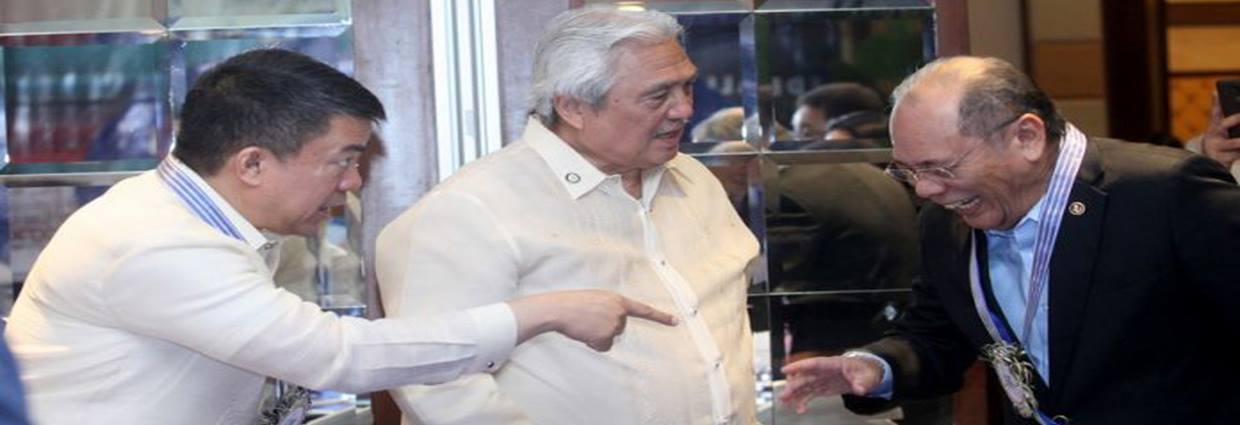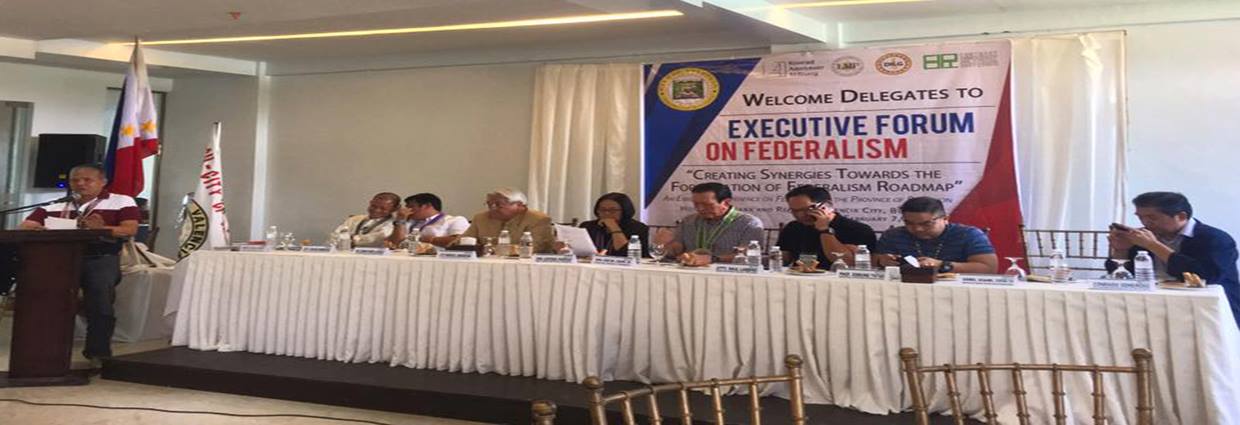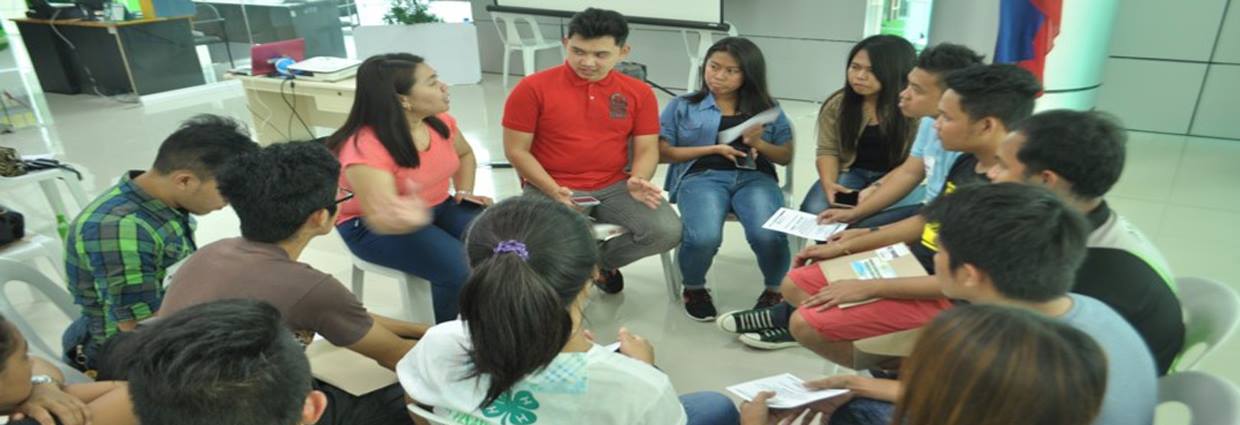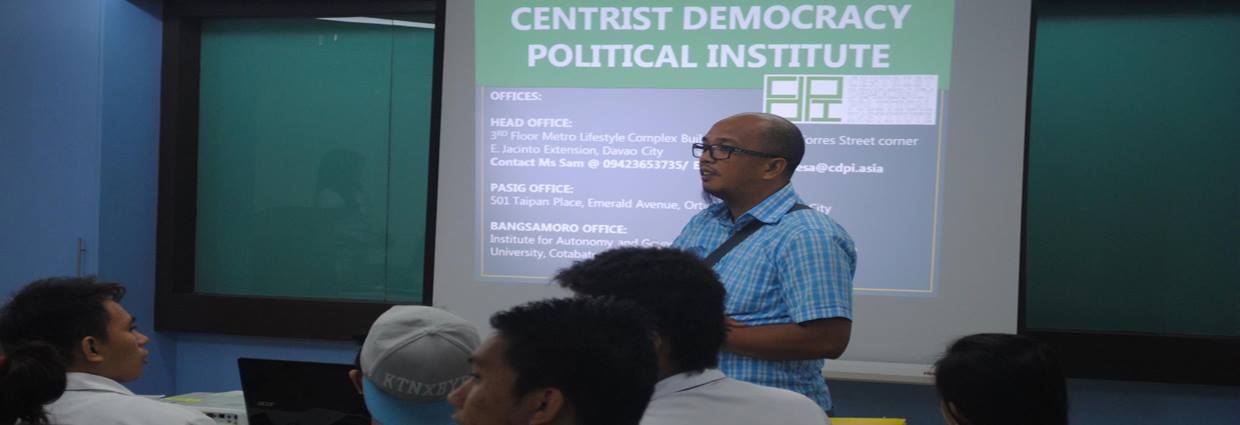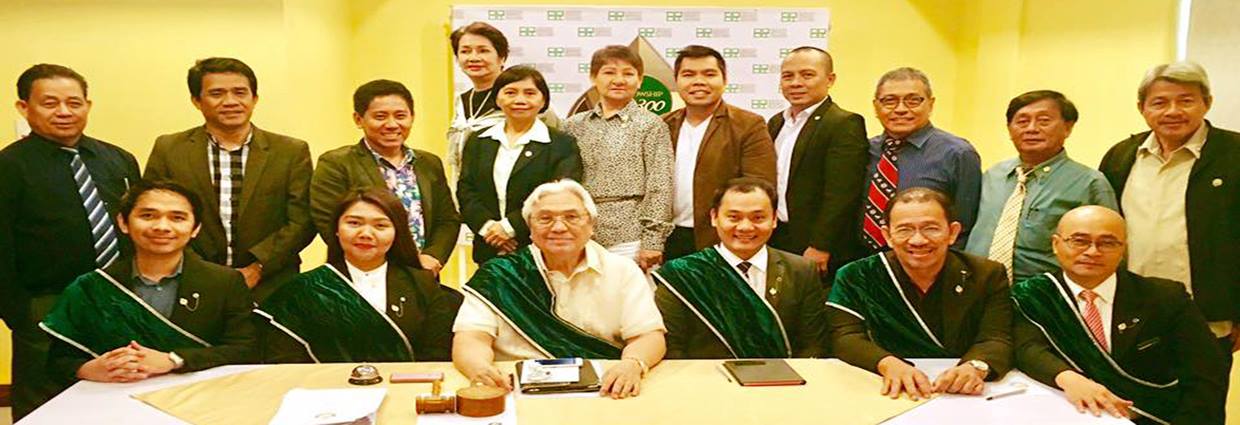THUCYDIDES warned that the rise of a new power unsettles an old order and makes conflict more likely. Our Harvard professor Graham Allison’s modernized that lesson as the “Thucydides Trap” — a reminder that the rivalry between a rising China and a ruling America carries dangerous momentum. For most countries, this is a theory. For the Philippines, it is geography. We sit right at the fault line where the Eagle and the Dragon test each other’s claws (“Thucydides trap – the coming US-China (non) war,” The Manila Times, Sept. 21, 2022).
The struggle is not only about warships and missiles. It is also about loans, jobs, fishing grounds, offshore gaming, cultural presence, and even the quiet but corrosive influence of money in politics. Our sovereignty is being squeezed, sometimes openly, sometimes subtly. The question is whether we still have the courage and clarity to defend it.
The shifting tide of alliances
Our foreign policy history reads like a pendulum. For decades after World War II, Manila leaned heavily on Washington. US bases in Subic and Clark were not only symbols of that alliance but also anchors of America’s presence in Asia.
Then came 1991, when the Philippine Senate voted to end the bases agreement. For a moment, we imagined independence. But China’s growing boldness quickly reminded us of our vulnerability. Mischief Reef, seized by China in 1995, was the first of many humiliations. By 2014, President Benigno Aquino III had signed the Enhanced Defense Cooperation Agreement (EDCA), letting US forces rotate through select Philippine bases. The Hague arbitration case soon followed, and in 2016 the tribunal ruled decisively in our favor — China’s “nine-dash line” was a legal fiction.
Yet that same year, the Deegong charted a very different course. He set aside the arbitral victory, cozied up to Beijing, and spoke about America with disdain. The justification was economic: China, he argued, had money to pour into our infrastructure, while America offered lectures and platitudes. For six years, the pendulum swung toward Beijing.
Now, under Bongbong Marcos, it has swung back. EDCA sites have been expanded from five to nine. American troops once again train side by side with Filipinos in Northern Luzon — just a stone’s throw from Taiwan. The Eagle is back in the nest. But if history teaches us anything, it is that our alignment has been less about long-term strategy and more about presidential moods. That is not statecraft. That is improvisation.
The Dragon’s embrace
China’s ambitions are sweeping. The Belt and Road Initiative seeks to stitch Asia into a Chinese-led economic order. Its navy now sails farther than ever before. Its coast guard, the largest in the world, patrols waters we claim as our own.
For the Philippines, this has meant real losses. Scarborough Shoal (Bajo de Masinloc), once a rich fishing ground for Zambales fishermen, now feels like foreign territory. Artificial islands bristle with runways and radars. Chinese vessels loiter even in our exclusive economic zone.
But China’s influence is not confined to the sea. It has seeped into our economy and society. Consider the Philippine offshore gaming operators (POGO). At their peak, officials bragged they were pumping P551 billion a year into our economy. But behind the neon lights came darker shadows — human trafficking, money laundering, kidnapping, and the “pastillas” bribery scandal at immigration.
Worse, POGOs became physical symbols of Chinese enclaves in Metro Manila, with apartment towers filled with workers living apart from the communities around them. It is not xenophobic to say this: when local institutions are bent, when the rule of law is undermined, when entire sectors of the economy depend on a foreign country’s indulgence, sovereignty weakens.
Taiwan and the flashpoint next door
If the South China Sea (West Philippine Sea) is a slow boil, Taiwan is a tinderbox. The island lies just across the Bashi Channel from Northern Luzon. In 1996, China fired missiles near Taiwan to intimidate its voters. The United States responded by sending two carrier strike groups. That crisis passed. But today, the stakes are higher.
When Nancy Pelosi visited Taipei in 2022, Beijing responded with massive war games. The People’s Liberation Army rehearsed blockades and simulated missile strikes. Each exercise looks more like a dress rehearsal for invasion.
Neither side wants nuclear war. But a conventional campaign — whether through blockades, cyberattacks, or outright assault — would put the Philippines on the frontlines. Our EDCA bases in Cagayan and Isabela would be staging areas for US forces or potential targets for China. We may not want to be dragged into conflict, but geography gives us little choice.
The danger within
Foreign threats are visible. The subtler danger lies within. A “fifth column” does not announce itself but chips away at sovereignty quietly.
History provides a cautionary tale. In prewar Davao, where I live, Japanese settlers integrated with local communities. When the war broke out, some provided intelligence for Tokyo. Today, rumors swirl that thousands of Chinese nationals linked to the PLA have entered the Philippines under commercial guises. Whether exaggerated or not, the suspicion reflects a real vulnerability: porous borders, weak institutions, and elites who may see profit before patriotism.
Equally worrisome is the behavior of some taipans and business leaders. When economic interests in China weigh more heavily than national loyalty, we must ask: whose side are they really on?
What must be done
The Philippines cannot afford to be a spectator in its own fate. We must take back strategic agency. First, diplomacy must be anchored in national interest, not presidential mood swings. Hedging is wise; surrender is not. We must defend our arbitral victory, patrol our seas, and invest in maritime domain awareness. EDCA should serve our deterrence needs, not just American convenience.
Second, money must not buy sovereignty. Foreign investment is welcome, but it must be transparent, regulated, and never at the expense of the rule of law. POGOs must go.
Third, resilience begins at home. A public that understands sovereignty issues is harder to manipulate. Professional law enforcement and independent courts are bulwarks against infiltration. Civic education is not a luxury; it is national defense.
Fourth, multilateral diplomacy warrants renewed attention. Asean can amplify collective voices, and collaboration with Japan, Australia, South Korea and the EU expands options. By approaching disputes through multilateral frameworks, single-power influence may be lessened.
And finally, we must reject fatalism. The Thucydides Trap warns of danger, not inevitability. War is not destiny. With clear-eyed leadership, disciplined institutions, and a people united in purpose, small states can survive in the shadow of giants.
A final word
The coming decades will test whether the Philippines remains a nation buffeted by external currents or one determined to remain sovereign.
Sovereignty is not an abstract word. It is the right of our fishermen to cast their nets without fear. It is the duty of our leaders to place country above personal friendships or foreign favors. It is the daily choice to say: the Philippines is not for sale.
Between the Eagle and the Dragon, we must stand not as prey but prove that even in the shadow of giants, a nation can remain sovereign, dignified and free.
000

